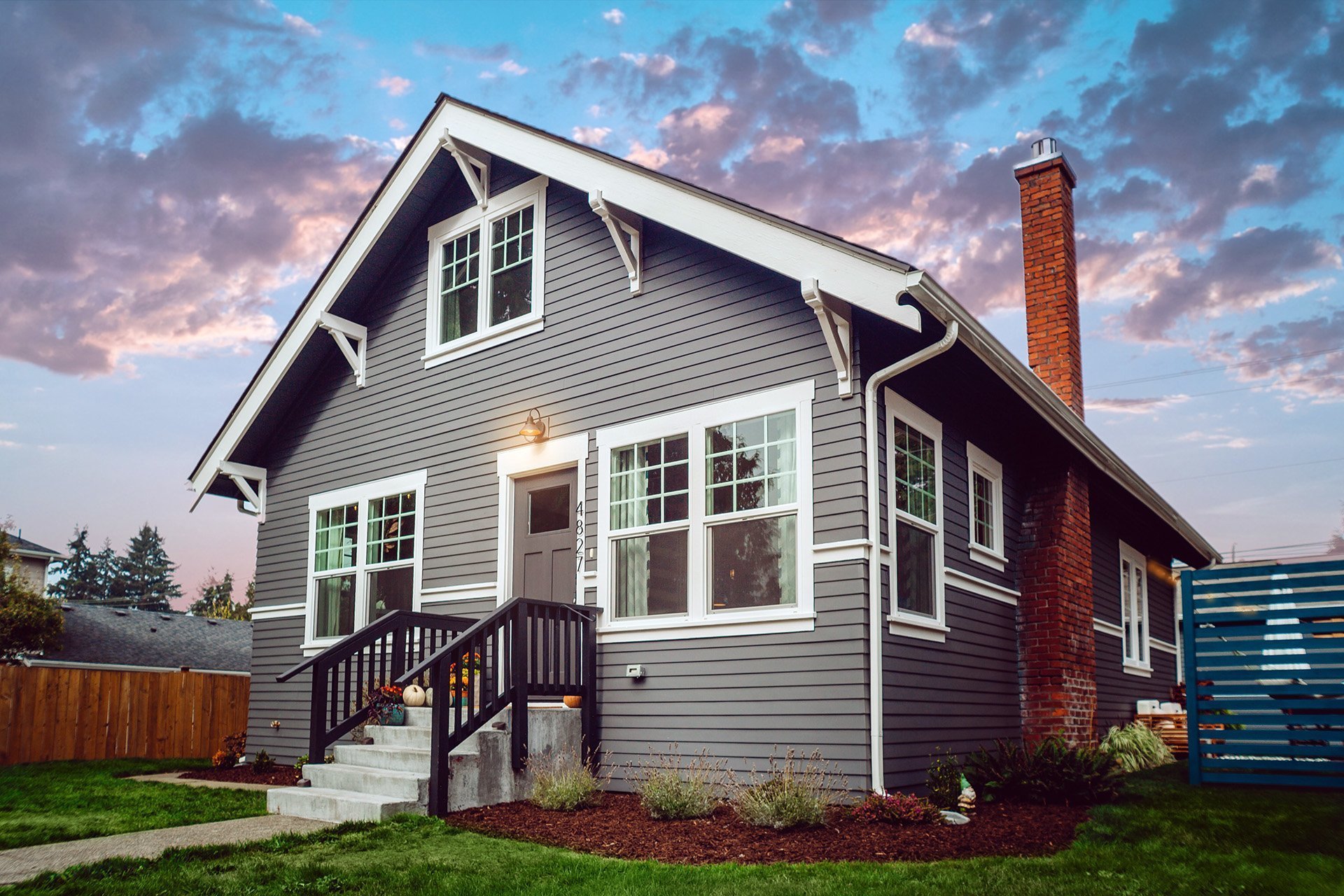Chimney Fire Prevention

Chimney Fire Prevention
A chimney is an important piece of home safety. A chimney vents products of combustion (smoke and carbon monoxide) from your home and it allows you to heat your home (wood, pellet or coal stoves, fireplaces, non-direct vent gas and oil systems all use a chimney). Don’t take your chimney for granted, schedule a yearly inspection and cleaning of your chimney with a professional.
What is a chimney fire?
Chimney fires begin in your chimney and are fueled by excess creosote, or soot. Creosote is a product of incomplete combustion, it can take many forms; a sooty powder, a hard black glaze, a black tar-like substance or the appearance of burnt marshmallows. Creosote lines the chimney’s walls, this enables the heat venting in the chimney to ignite the creosote.
How do I know if I have a chimney fire?
If you think you may have a chimney fire, leave your home and call 9-1-1.
Here are some signs that may indicate a chimney fire:
- Hearing a “roar” in the chimney.
- Creosote chips and debris found on the ground, gutters or roof near the chimney.
- Smoke or soot in an attic.
- Smoke escaping from cracks in the chimney.
- Flames at the top of your chimney.
- Warping of metal anywhere in or on the chimney
- Discolored or warped rain cap (at top of chimney)
- Scorching or burns in the roofing material from burning debris falling on the roof
- Smoke escaping through cracks in the chimney
- Smoke in the attic or visible soot build-up in the attic
Chimney fires only start in the chimney but can spread throughout a dwelling. Depending on the condition of your chimney, the fire can spread through your home through cracks in the chimney’s. A chimney fire is super-heated, the fire can spread through your house through radiant heat. Depending on the amount of time the fire has been going without notice, the intensity of the fire and the condition of the chimney depends on how fast the fire can spread. A chimney fire can easily go from a contained fire in the chimney to a well involved structure fire quickly.
How can I prevent chimney fires in my home?
- Yearly chimney maintenance. Have your chimney inspected and cleaned by a professional chimney sweep each year.
- Burn well-seasoned hardwoods. Green wood builds up creosote faster. Green wood contains a lot more moisture than seasoned wood, and that moisture has to be removed somehow in order for the wood to burn. The resulting smoke is cooler than if seasoned wood had been used. Cooler smoke is more likely to come out of its gaseous state, condensing on the inside of the chimney.
- Install a chimney cap to prevent things from falling into your chimney and reducing ventilation.
- Allow for good air flow by making sure the damper is fully opened along with fireplace doors.
- Keep your fires active and hot to keep the products of combustion moving up the chimney. Remember that the longer smoke is in the chimney the more likely it will build creosote on the walls of the chimney
- Never burn trash, plastic or paper in your stove or fireplace since this can ignite creosote in your chimney
Safety First!
When removing ashes from your home make sure
- The ashes have thoroughly cooled.
- You are disposing them in a sealed metal container.
- You always store the ashes in a sealed metal container away from your home and all combustibles. Don’t store the container on your wood deck.
Source: IAFF 797


Well-said. To call a chimney sweep should be the first step taken rather having self-inspection.
I hope a lot of people see it & follow it.